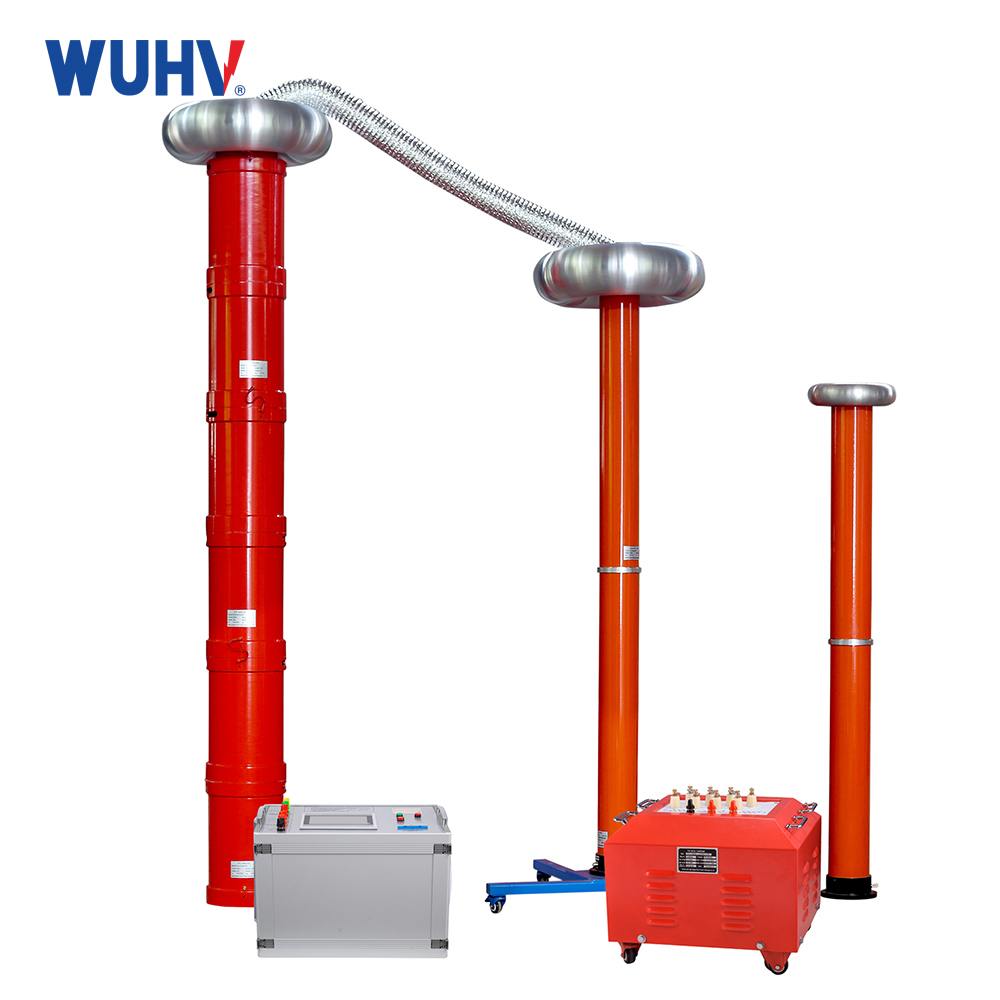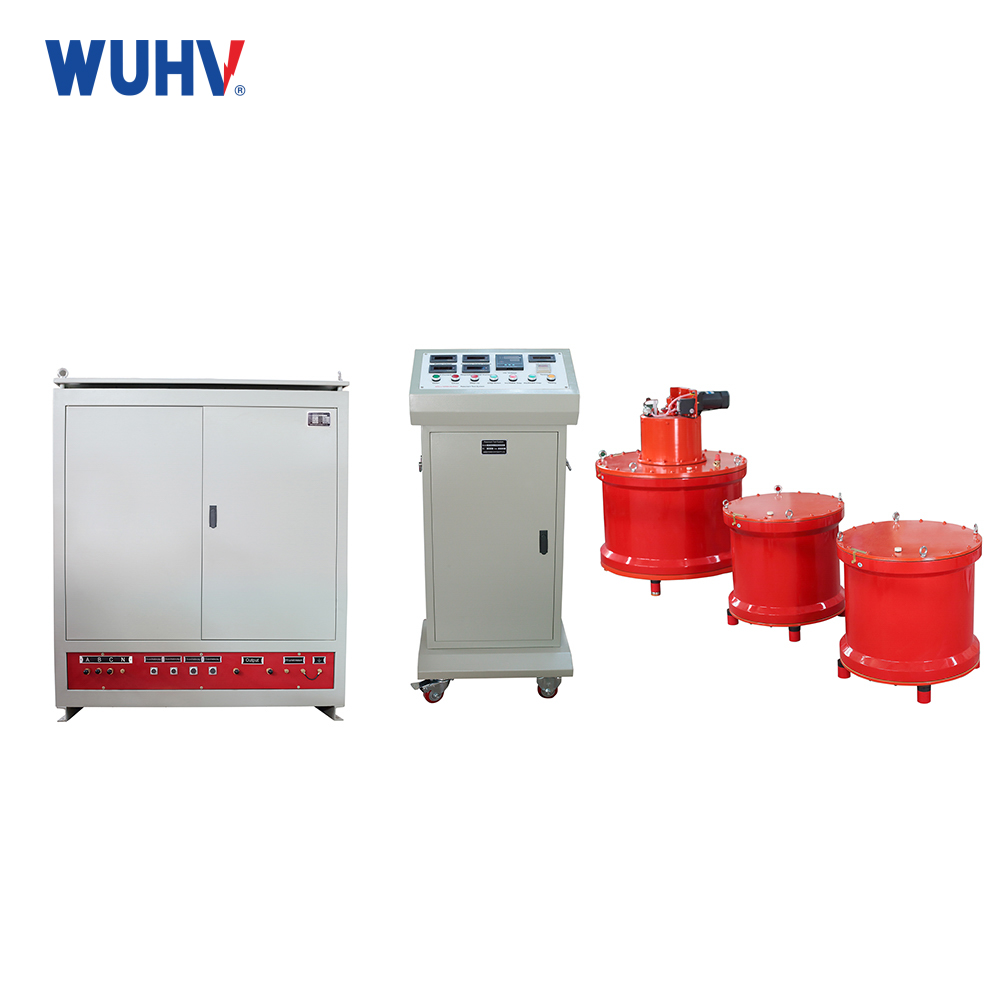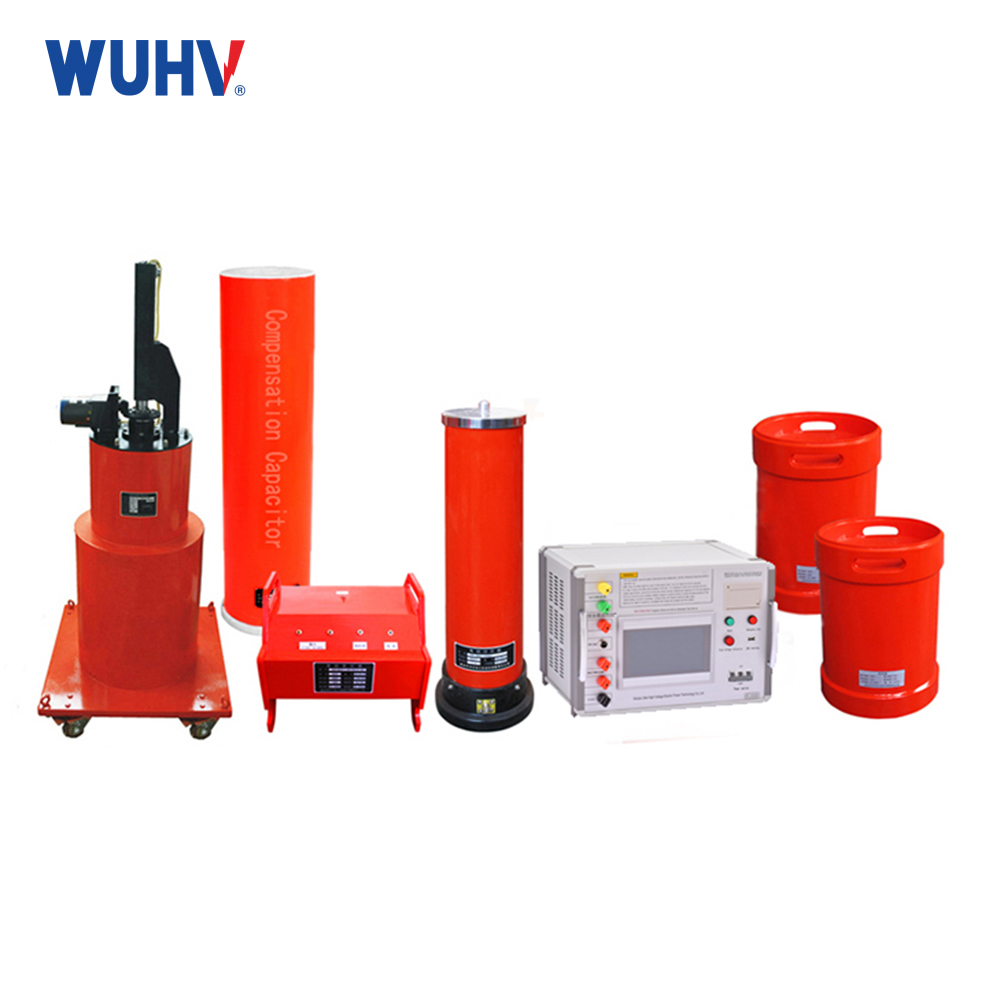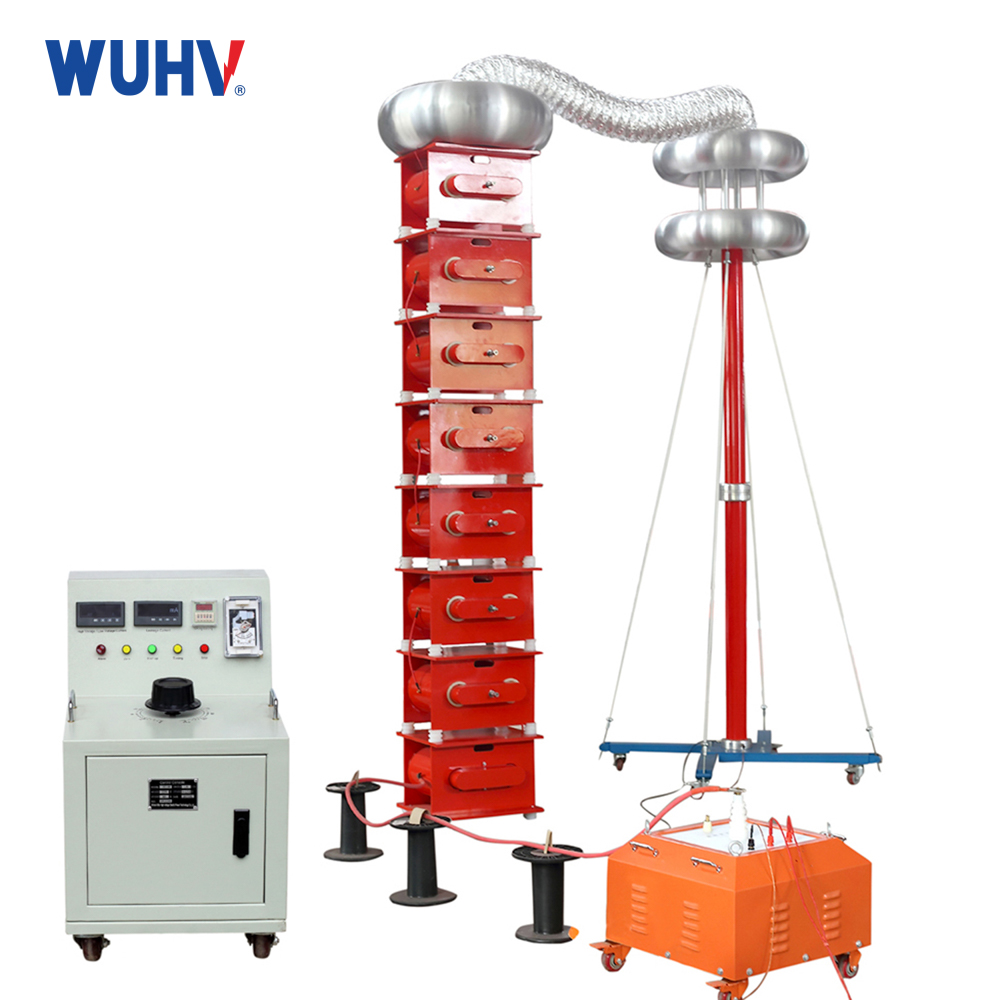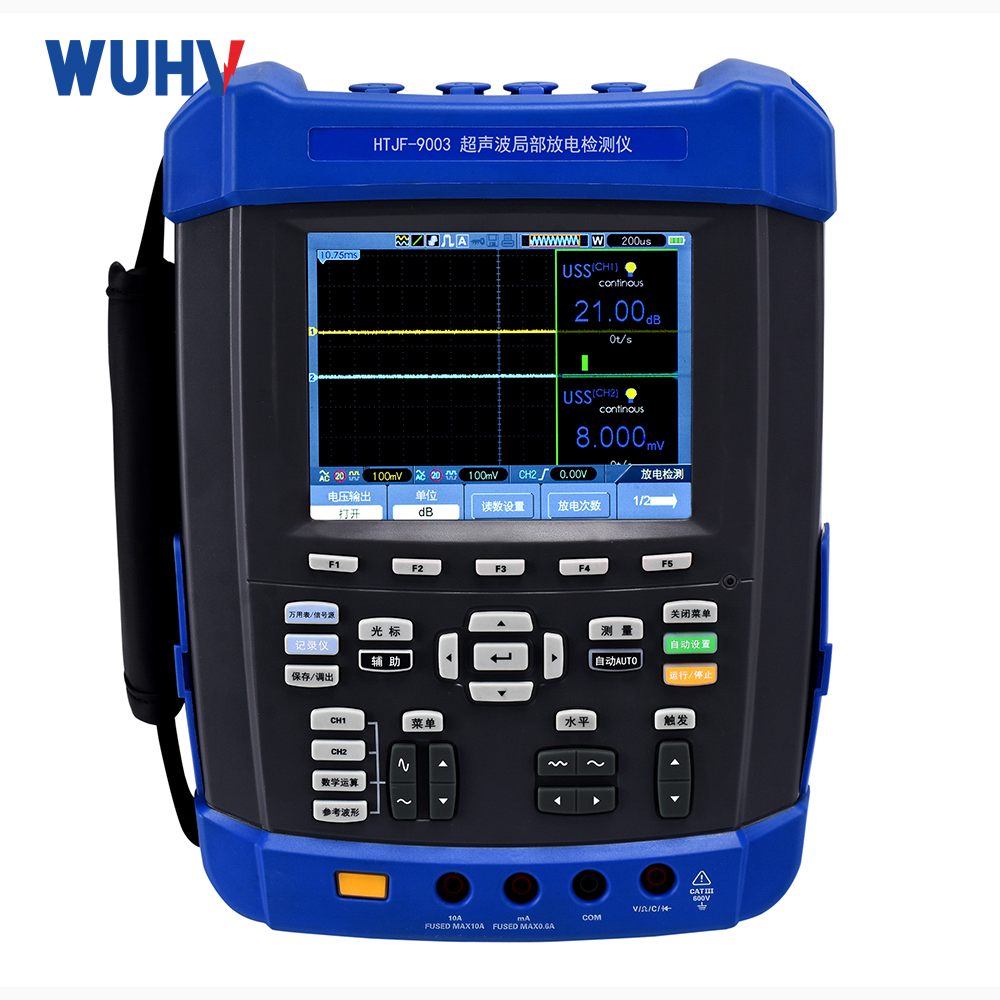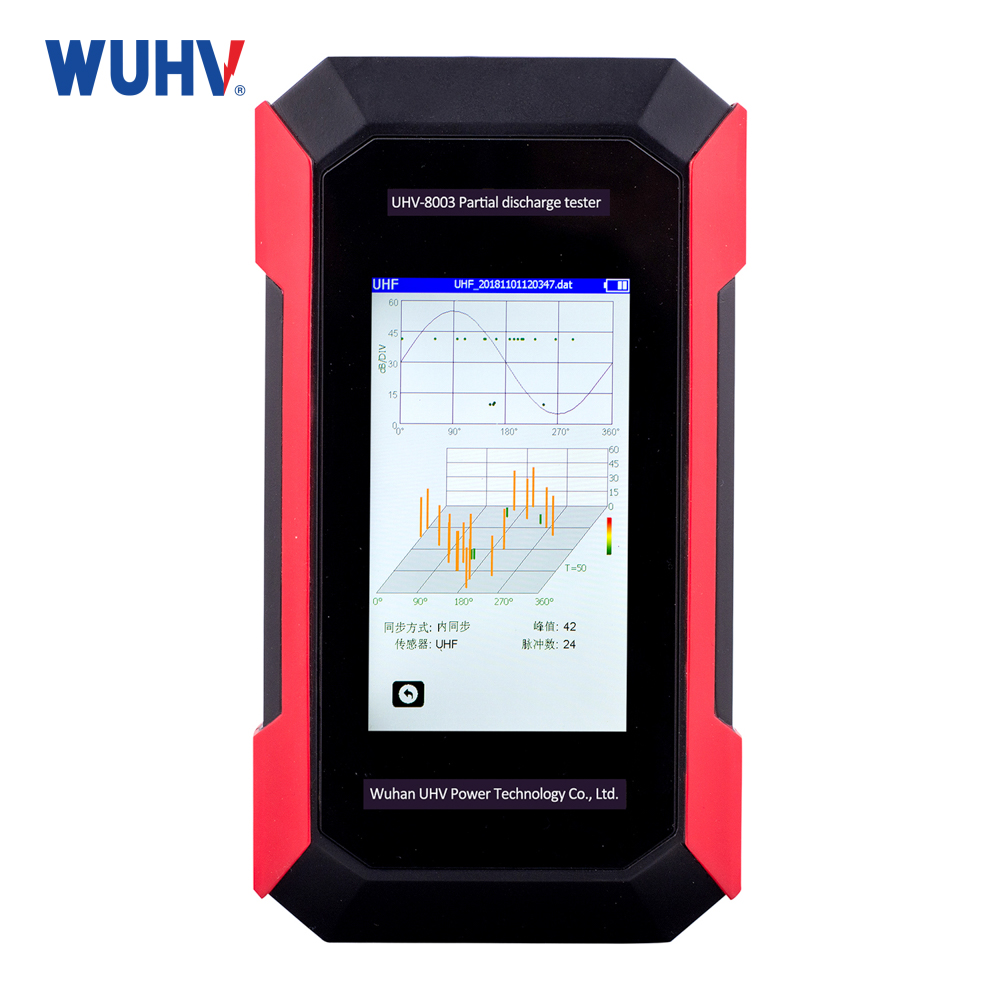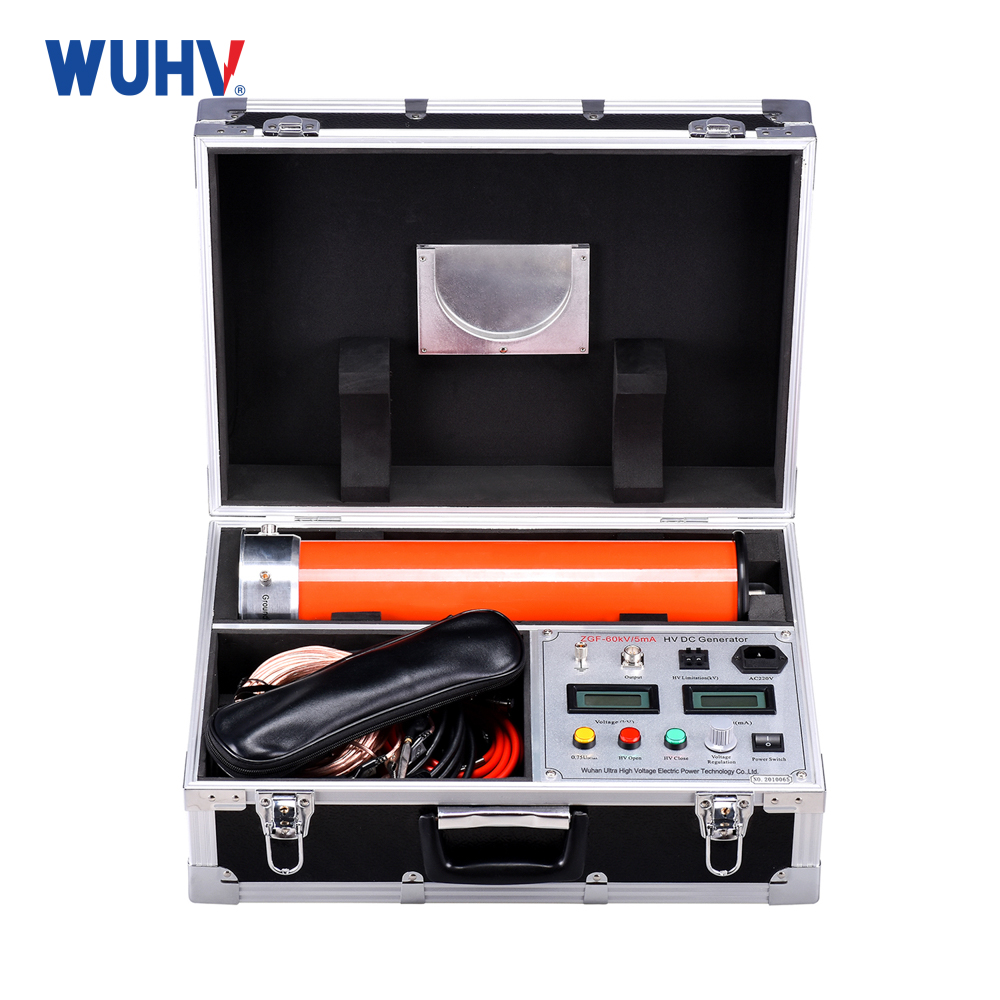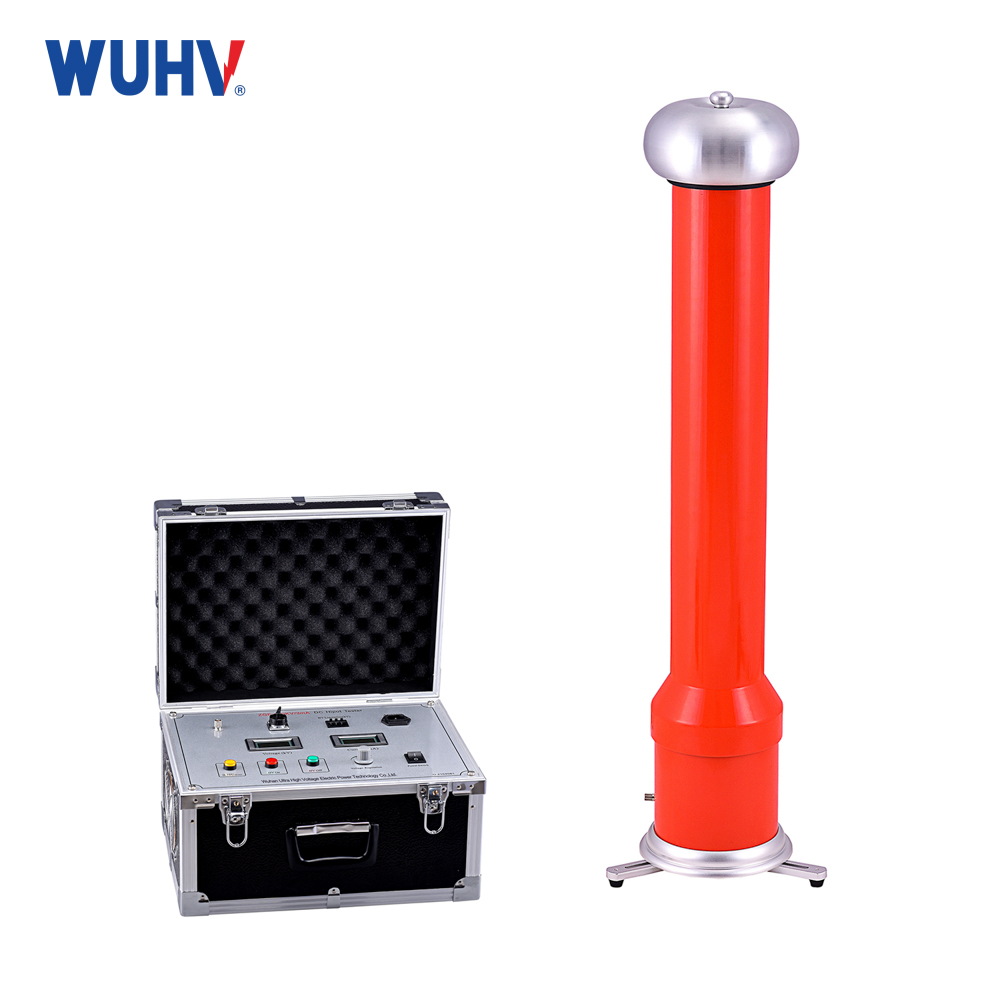Theseries resonance test deviceis the primary equipment for AC withstand voltage testing. Currently, in the power testing industry, the variable frequency series resonance withstand voltage test device is generally used for large capacity test samples. Because it adopts the LC oscillation principle of inductance and capacitance, an assembled device can be used to complete the withstand voltage test of long-distance cables and high-voltage electrical equipment. In practical applications, due to its simple operation and portability, it is widely used in power engineering commissioning projects. By controlling the power supply of the main converter, the current can be converted into a pure sine wave through AC-DC-AC conversion, and the output frequency and voltage can be adjusted within a certain range. It is the core control part of the series resonant boost test.
Today, we will explain the possible causes and troubleshooting solutions for a common situation encountered on site, so that our testing personnel can solve these common problems on site by themselves
Before leaving the factory, eachseries resonance test devicewill undergo strict quality inspection, but the variable frequency power supply cannot rise (i.e., the boost does not reach the set value) when it arrives at the test site. Below is a detailed analysis of the cause of the malfunction.
Reasons for the wiring of the series resonance test device
(1) Wiring error. According to the testing principle, the signal line of the variable frequency power supply should be connected to the acquisition signal column of the voltage divider. If there is a wiring error, the boost will not increase. At this point, the voltage boosting problem can be solved by correctly connecting each component to the tested product according to the operation instructions of series resonance.
(2) Short circuit is abnormal. In the experiment, the excitation transformer and reactor were connected through a short circuit to ensure the normal operation of the boost test. When there is a short circuit fault, it indicates that the excitation transformer and reactor cannot work normally, and the voltage cannot rise, which is normal. In general, at the time of delivery, the manufacturer should retain some of the test lines required for testing, and only replace the faulty short-circuit wires to increase the voltage normally.
High voltage testing carries certain risks. When conducting experiments, safety standards must be strictly followed, and each step must be operated correctly according to the equipment manual to avoid unnecessary malfunctions and dangers. When the equipment malfunctions, consult professionals in a timely manner. Do not troubleshoot on your own, and do not disassemble or repair the equipment at will.



